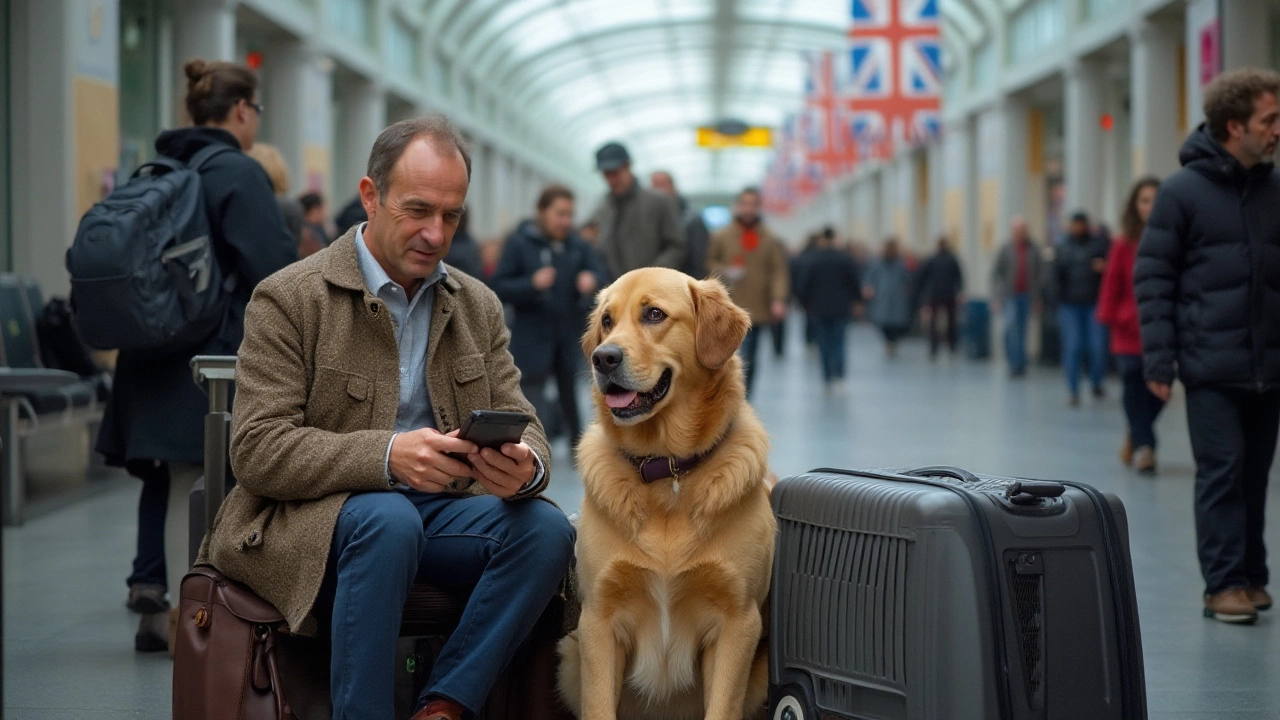Airplane Pet Policy: Simple Guide for Flying with Your Dog
Thinking about taking your dog on a plane? It can feel like a maze of rules, fees, and paperwork. The good news is most airlines have clear steps you can follow. This guide breaks down the main points so you can pack, check‑in, and board without stress.
Key Airline Rules You Should Know
First, check if your dog’s size fits the carrier requirements. Most airlines allow pets under 15‑20 lb in the cabin, while larger dogs must travel as cargo. Look up the specific weight and crate dimensions on the airline’s website before you book.
Second, book early. Airlines limit the number of pets per flight, so reserving a spot when you book your ticket saves you a last‑minute scramble. Some carriers charge a flat fee, others a percentage of the ticket price – it varies, so note the cost in your budget.
Third, health documents are a must. A recent health certificate (usually within 10 days of travel) and up‑to‑date vaccinations are required for most flights. If you’re traveling internationally, research the destination country’s import rules; they often need a microchip and additional paperwork.
Preparing Your Dog for the Flight
Pick a sturdy, airline‑approved carrier. It should be well‑ventilated, leak‑proof, and large enough for your dog to stand, turn around, and lie down. Adding a familiar blanket or a chew toy can calm nerves.
Exercise your dog before the trip. A good walk or play session helps burn off excess energy, making the flight calmer. Feed a light meal a few hours before departure and give water right up until you go through security.
At the airport, arrive early. You’ll need extra time for check‑in, security screening, and possibly a separate pet area. Keep your dog on a leash and in its carrier until you’re past the metal detector – this keeps everyone safe and speeds up the process.
During the flight, place the carrier under the seat in front of you as required. Reassure your dog with calm voices and gentle pats if you can see them. Most dogs tolerate short flights well, but if you have a longer journey, consider a calming spray or talk to your vet about safe options.
After landing, give your dog a chance to stretch and hydrate. Check the carrier for any signs of distress. If you notice unusual behavior, contact a vet right away.
By following these steps, you turn a complex airplane pet policy into a smooth experience. Your dog gets to enjoy the adventure, and you avoid the headaches that come from missing a requirement. Safe travels!

How to Travel by Plane with a Large Dog: A Pet Owner's Guide
Traveling with a large dog, such as a 100-pound companion, can be daunting, especially when flying. This article provides essential tips for pet owners looking to navigate airline policies, preparing both the dog and the owner for air travel. It explores different airline requirements, crate tips for large breeds, and shares ready-to-go solutions for common concerns. Making sure your giant furry friend has a smooth flying experience is at the heart of this guide.
View more